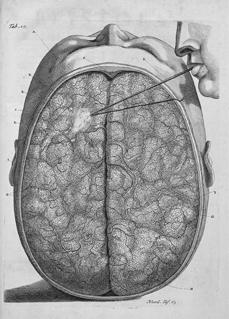Materials, such as wax, used to visualize anatomical knowledge three-dimensionally and to make knowledge claims in anatomy and physiology palpable gained importance with the increasing "experimentalisation of nature" in the seventeenth-century. This project on early modern uses of wax resonates with a renewed interest in three-dimensional modeling and materiality and with recent scholarship on the role of crafts and artisanal knowledge in the rise of "new science" and its "new epistemologies."
Its aim was to investigate the circulation of anatomical knowledge in relation to anatomical waxes, a practice that can be traced to ancient Greece and gained momentum at the end of the seventeenth century to reach its peak in eighteenth century Italy, from where it spread throughout Europe. Historical explorations of wax as a tool for understanding the human body in three-dimensions was placed in context of an epistemological exploration of the significance of wax as a medium in which artisanal and anatomical knowledge converge.
The focus was on early-modern uses of wax and the early beginnings of wax modeling that has attracted less scholarly attention than the blooming period of anatomical ceroplastics in the eighteenth century. The project concentrated on two different uses of wax and explored the potential of a more technical-material approach to the analysis of anatomical waxes and the development of innovative techniques such as wax injections in the seventeenth century. It looked to integrate findings from conservation science research that has been undertaken on the first anatomical waxes (i.e., the famous late sixteenth-century anatomical wax sketches in the V&A collection, the preserved works by the Italian abbot Gaetano Zumbo (1656–1701), and the anatomical preparations made by the Dutch Jan Swammerdam (1632–1680) and Fredrik Ruysch (1638–1731)) with research on knowledge transmission and circulation between craftsmen, artisans, and medical practitioners who worked with wax in the sixteenth century. The main questions addressed were: How can earlier traditions and craft practices be linked to the spectacular rise and spread of anatomical wax modeling in the eighteenth century? What role did artisanal knowledge play in innovative developments starting in the second half of the seventeenth century when experimenting anatomists increasingly used wax for anatomical research and preparations? Concomitantly, this project investigated the historically contingent epistemic status of wax in context of its various uses and its role in different epistemological discourses and debates.

